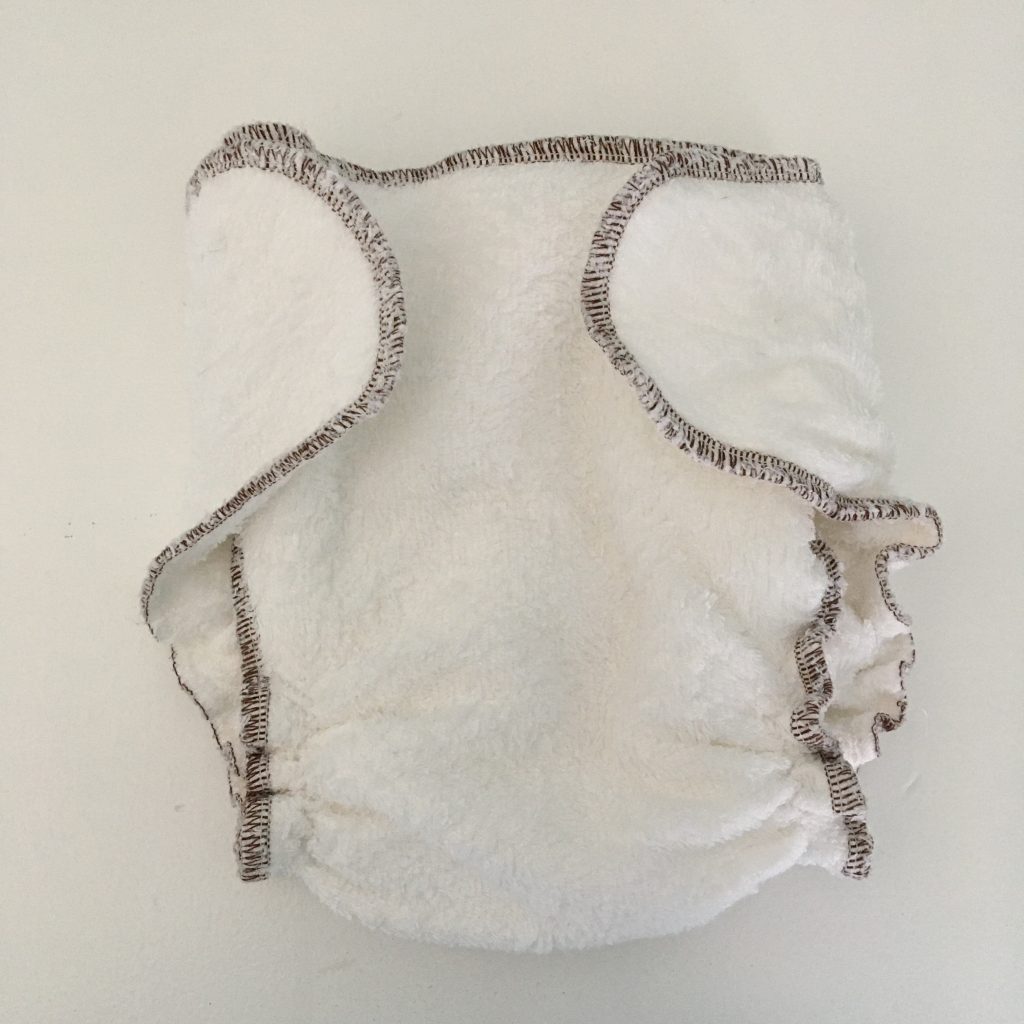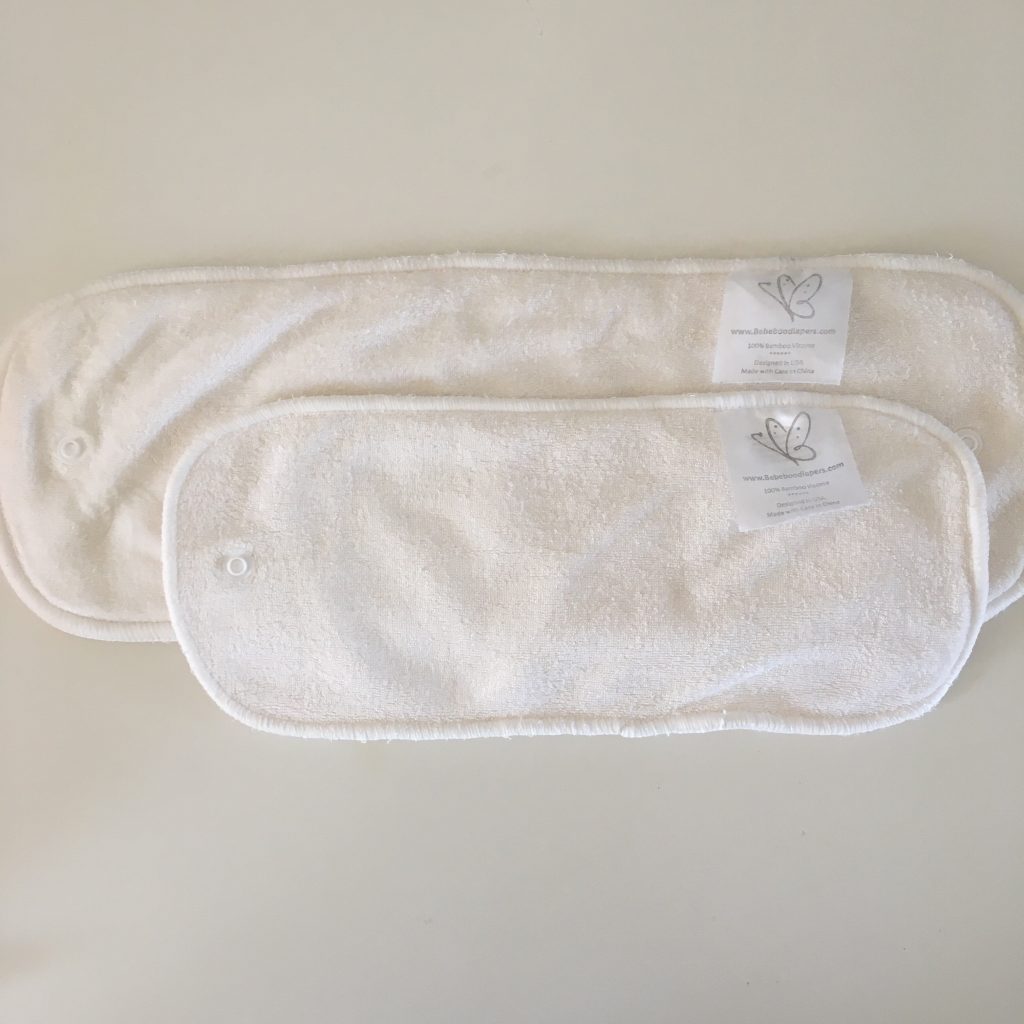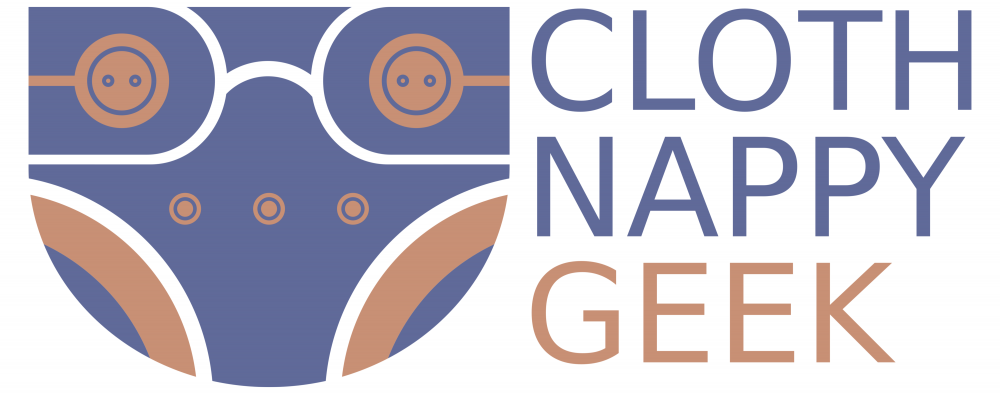Bamboo has ever-increasing popularity in the cloth nappy market right now. It is a type of rayon. Although it is derived from a plant, due to the manufacturing required it is considered a semi-synthetic or man-made fibre. Like every single fabric, bamboo has pros and cons. Here’s a few main points.


💚 It’s pretty much organically grown. It doesn’t require pesticides/insecticides, or fertiliser.
💚 It grows very quickly, making good use of land.
💚 Absorbs 5x more carbon than trees of a similar size, and produces 35% more oxygen.
💚 It’s soft, stretchy and breathable.
💚 It’s very absorbent, holding on average twice the volume of cotton, although it wicks slower.
🟠 There are different ways to process the bamboo plant into fabric. How this is done has a very different environmental impact.
❤️🩹 It is widely reported that bamboo offers antibacterial properties and is biodegradable. Whilst this information is true when bamboo is in its natural plant form, is it less likely post processing. For example it is the natural oils than contain the antimicrobial properties, the more you process the bamboo pulp the more you remove these natural oils. Under Canadian law companies are no longer allowed to make these claims without supporting evidence (and I’ve never seen any evidence).
❤️🩹 Like all agriculture, creating the space to grow suffice bamboo to meet consumer demand has resulted in deforestation.
❤️🩹 Care must be taken not to dry bamboo against direct heat, such as a heated airer or radiator as this can damage the fibres. Bamboo inserts will require to up 5 washes to reach full absorbency. It is also important to use a non-bio detergent if you have bamboo nappies as the enzymes in some bio detergents can eat away at the bamboo fibres over time, resulting in balding.
Processing
Bamboo processing is done via three different methods.
1️⃣ Mechanically. The bamboo fibres are crushed and natural enzymes added. It is then spun into a yarn. The process is very similar to making linen and the resulting fabric is normally known as bamboo linen. Like linen it has a rough texture and so isn’t particularly suitable for nappies – I’ve never seen it used. Production is time consuming and expensive, meaning there is very little bamboo produced via this method. It has a low environmental impact.
The vast majority of bamboo is produced via a chemical process (rayon). The bamboo fibre is turned into a pulp by adding solvents. The pulp is then pushed through a spinneret (fine sieve) into sulphuric acid and turned into yarn. There are two methods within the chemical process category:
2️⃣ Standard production, which makes up some 75-80% of all bamboo produced. It uses caustic soda and carbon disulphide as solvents. The chemicals are single use and therefore discarded, and not always correctly. Caustic soda and carbon disulphides have links to many serious health issues for factory workers. Irresponsible dumping risks these issues affecting people, animals, plants and aquatic life.
3️⃣ Then there’s closed loop production (also known as the lyocell method – you might associate that term with Tencel but it’s more than that). This is the same chemical process but uses amine oxide (non-toxic) as a solvent. Plus the solvents and water are captured and reused over again (around 99.5% capture rate). This significantly reduces the environmental impact.
Bamboo Terry
Bamboo terry is probably the most commonly used bamboo weave for cloth nappies.
(Source: an unscientific look at my own stash.)
Just like cotton terry is has a raised pile made of little loops. The pile is generally shorter than something like the pile on your cotton bath towel.
It remains soft, even in hard water areas (although not as soft as when you first buy it). This means it’s also flexible so won’t become cardboard-esque. Making it a great choice for nappies.
We already know from looking at cotton terry, that the raised pile on terry fabric gives excellent absorbency (because it increases the surface area), and is ideal for flooding because the fibres capture liquid before it gets the chance to run off.
Bamboo Velour
Velour can be made from many fabrics, but I’ve only seen bamboo used for nappies. Even then it’s not particularly common and I’ve only know of a handful of brands who use it.

It’s a luxuriously soft, stroke-able fabric with a short pile and natural sheen. Being bamboo it retains its softness after washing, more so than other bamboo weaves.
It’s a knit-weave so has some stretch, making it a great choice for nappies. Not as hard wearing as other weaves or fabrics.
Velour is a semi stay-dry fabric. When wet it will only feel slightly damp to touch, drier than say a terry or jersey weave, but wetter than something like a fleece layer. So if you prefer to only have natural fibres against your baby’s skin then this could be an option.
Be wary of any claims that bamboo velour is organic. It may well be blended with another organic fibre (i.e. cotton), but the bamboo content is from chemically processed bamboo which cannot be organically certified.
